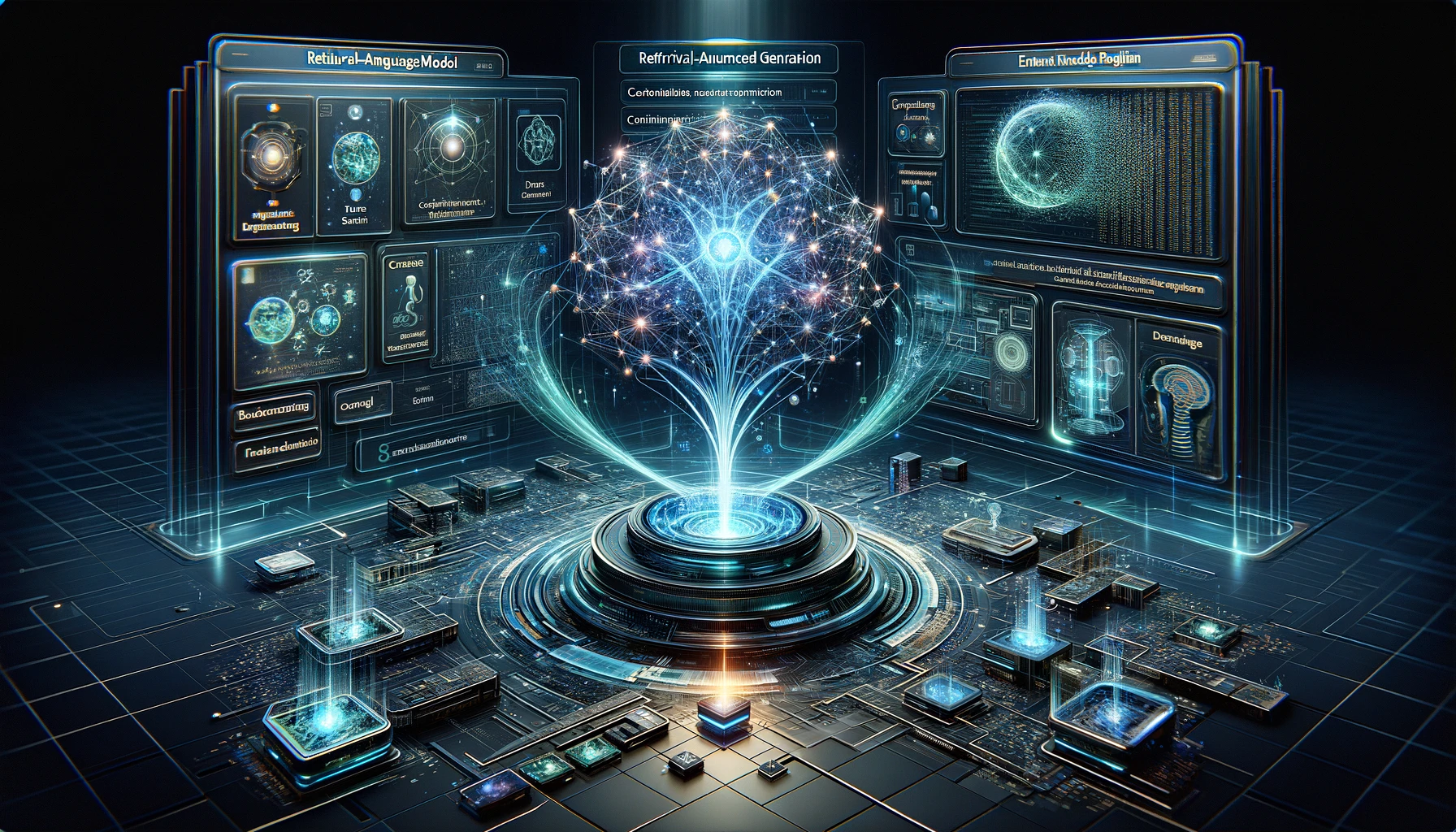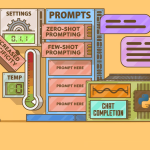Retrieval-Augmented Generation (RAG) is a more advanced approach in the field of natural language processing (NLP) and artificial intelligence (AI). It combines the capabilities of two main components: a large-scale neural language model and an external knowledge retrieval system. When the RAG system receives a query or needs to generate text:
- The language model first processes the input and formulates a query to seek additional information.
- The retrieval system then searches its indexed database to find relevant text snippets or documents.
- These retrieved texts are fed back into the language model, which integrates this information to produce a more informed and accurate output.
The integration of these two components allows RAG models to not only generate text based on their internal knowledge (learned during training) but also to dynamically pull in and use external, up-to-date information. This approach significantly enhances the model’s ability to provide accurate, detailed, and contextually relevant responses, especially in cases where the internal knowledge of the language model might be limited or outdated.
For a small to medium business that works with sensitive data, RAG provides the following benefits:
- Enhanced AI Performance
- Customizability and Scalability
- Data Privacy and Security
- Continuous Learning and Updating
- Cost and Resource Efficiency
About the Author
- Amir Aryanihttps://aigraph.researchgraph.org/blogs/author/amir/6 November 2023
- Amir Aryanihttps://aigraph.researchgraph.org/blogs/author/amir/27 October 2023
- Amir Aryanihttps://aigraph.researchgraph.org/blogs/author/amir/29 September 2023
- Amir Aryanihttps://aigraph.researchgraph.org/blogs/author/amir/25 September 2023




